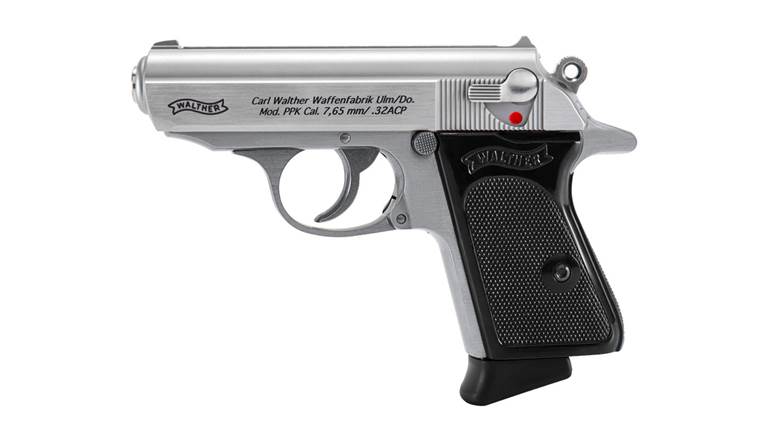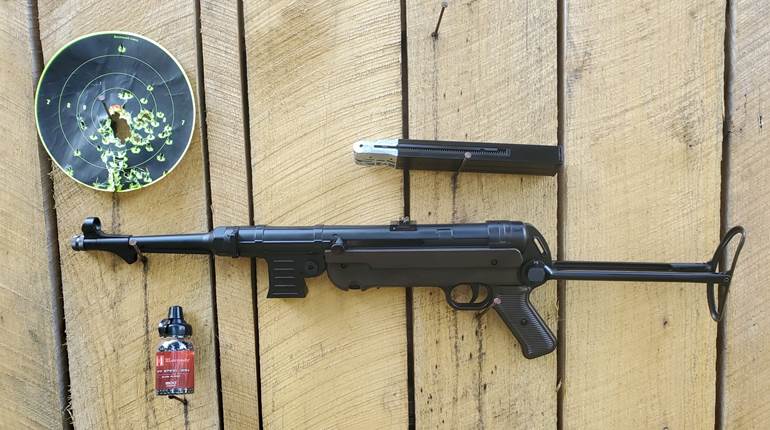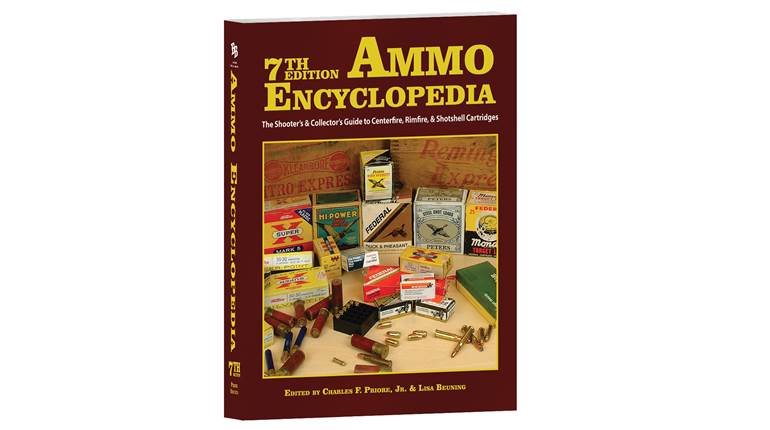
The MP38 and subsequent MP40 are perhaps the most iconic German submachine guns of the World War II era. Yet, due to erroneous identification by the Allies back in 1940, these carbines are still commonly called “Schmeissers” to this day—despite a lineage that does not tract back to the creative mid of German arms designer Hugo Schmeisser.
Martin Helebrant’s treatise, The Schmeisser Myth, is packed with in-depth technical information that expounds upon the M38 and MP40 submachine gun’s tale in great detail, beginning with a brief history of modern warfare and the technological and strategical developments that led to the first “machine guns”, and the adoption during WWI of Infiltration tactics as a means of surmounting the stagnation of trench warfare.
As Helebrant illustrates, the elite German and Austrian Sturmtruppen (storm troopers) were in need of a portable rapid-fire weaponry capable of effective close-range work. Soon dubbed the Maschinenpistole in Germany, a new class of military small arm was the result. In 1938 the MP38 was adopted, eventually superseded by the German-manufactured MP40, which resulted in five manufacturing variations, explained by Helebrant in his authoritative and feature-packed 432 pp. book.
To order a copy today for $90, please visit collectorgrade.com.






































